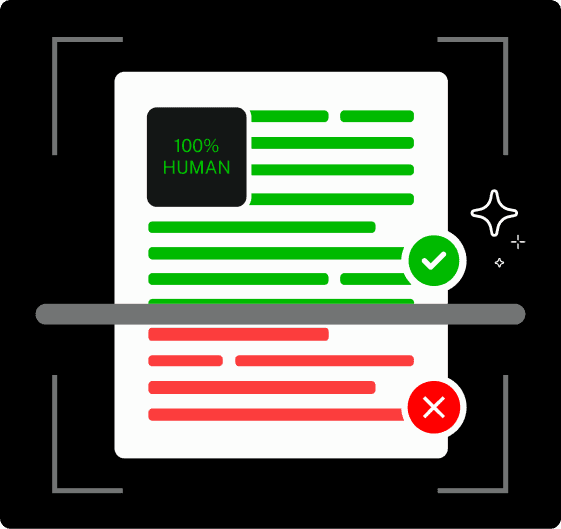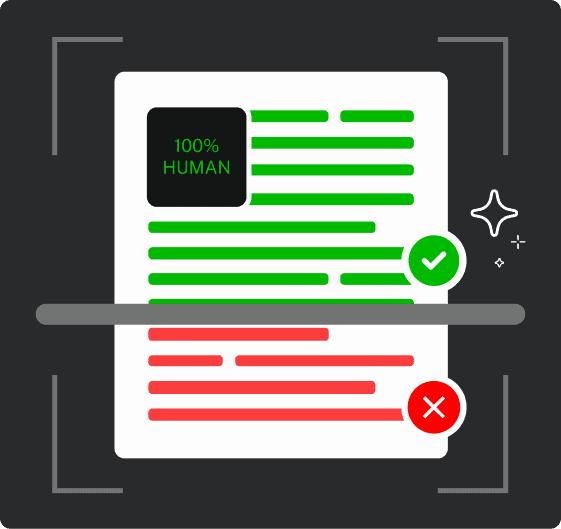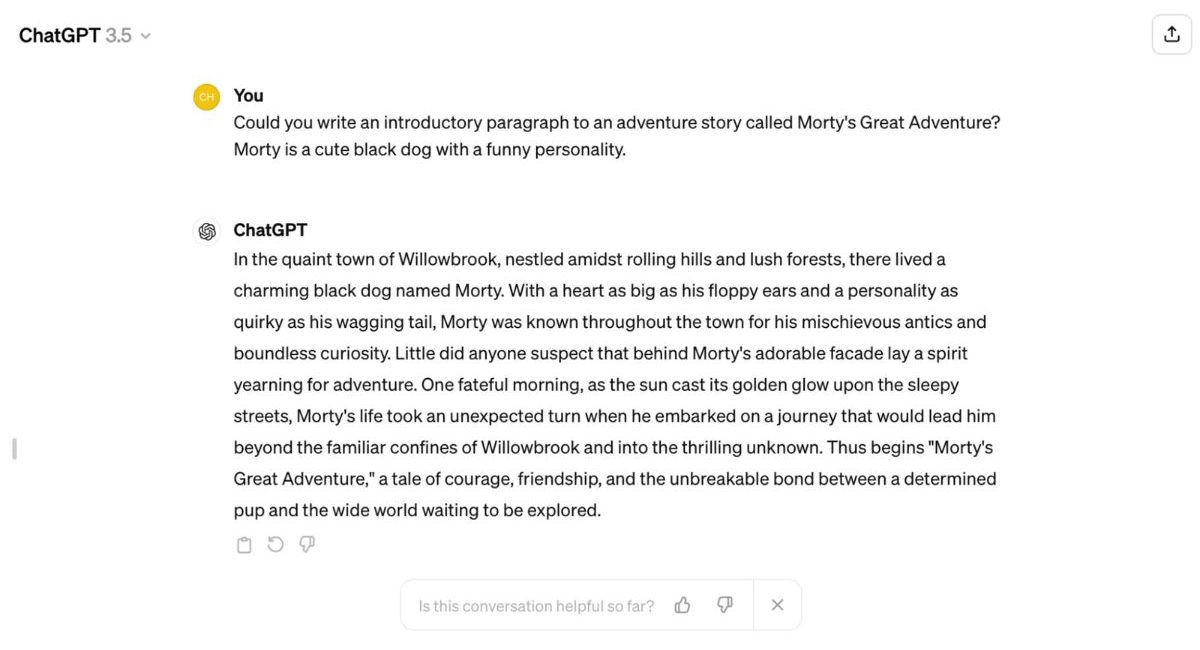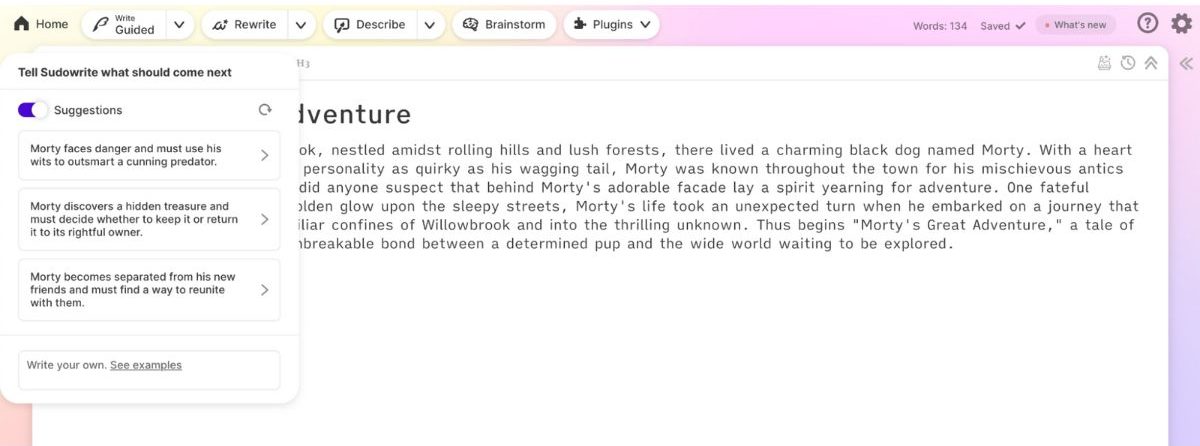Can AI write a book?” This question has fueled curiosity and innovation, and in the following article, we’ll explore how it’s becoming a reality.
AI seems to be able to do just about anything nowadays – predict customer behavior, simulate conversations with a human, and change the way things are done in sectors like healthcare.
But can you write a book using AI?
With generative AI advancing at record speed, it’s certainly within its reach.
Whether you’re planning to write a gripping mystery, an educational non-fiction, or a passionate romance novel, AI can help you craft your very own book that’ll resonate with your audience.
Key Takeaways
- AI tools can assist in writing various genres, including fiction and non-fiction, by helping authors craft compelling narratives and content.
- Notable AI-assisted books, such as Aum Golly and 1 the Road, demonstrate the potential of AI in creative writing endeavors.
- The process of writing a book with AI involves seven steps: selecting an AI writing tool, defining the book’s concept, creating an outline, generating content, revising, editing, and publishing.
- Human oversight remains crucial, as AI-generated content often requires refinement to ensure consistency, natural tone, and reader engagement.
- Tools like Undetectable AI can enhance the human-like quality of AI-generated text, helping authors produce content that resonates with readers and passes AI detection tools.
Do Authors Actually Use AI to Write Books?
Using AI to write published works is a new phenomenon that’s becoming extremely popular among amateur authors.
While seasoned writers like Stephen King and Haruki Murakami likely aren’t writing a book with AI, newer writers looking to break into the scene may find its capabilities incredibly useful.
So far, most books written with the help of AI are, in many ways, experimental.
Never Worry About AI Detecting Your Texts Again. Undetectable AI Can Help You:
- Make your AI assisted writing appear human-like.
- Bypass all major AI detection tools with just one click.
- Use AI safely and confidently in school and work.
Most of them are written in record time and many of them are written by people who have never written a novel before.
Famous AI-written books include Aum Golly, a poetry book on humanity written by Jukka Aalho, and the children’s bedtime story Bob The Robot: Exploring the Universe.
There’s also The Day A Computer Writes A Novel – a short story that a Japanese research group submitted to the Hoshi Shinichi Award writing competition and passed the first round.
And, of course, 1 the Road, which is an experimental novel inspired by Jack Kerouac’s On the Road.
1 the Road involved the co-author (other than the AI) Goodwin traveling from New York to New Orleans in a car equipped with sensors, a camera, and a microphone the AI used to produce its output. The text was entirely unedited for future study.
How to Create a Book Using AI
If you’re interested in being the next author making headlines for partnering with AI to produce a book or simply want to use AI as a helping hand, these seven easy steps will guide you along the right path.
1. Choose Your AI Writing Tool
Just like you need to pick out the right program or notebook to jot down your ideas, you’ll need to first pick out the right AI writing tool that suits you.
While Open AI’s GPT-4 and other popular chatbot-style generators might be a natural go-to pick, there are also advanced tools such as Sudowrite, Chapterly, and Squibler that are designed as book writing software.
Some of these tools can do more than just generate text from a prompt – they can also help you build out scenes that seem flat, revise sentences, and provide actionable feedback.
2. Define Your Book’s Concept
Got the writing tool ready? The AI tool is your co-writer, but you’ll be the one providing the direction.
So before you write, you’ll need to plan.
It’ll not only help you figure out what you’re writing but also how to direct your AI tool.
If you’re looking to write a fiction novel, figure out the genre and the key elements like your general plot, characters, setting, and any conflict points.
For non-fiction books, you might want to define a few sub-topics and real-life research you want the AI to incorporate.
3. Create an Outline
With all those ideas and notes scattered all over the place, you’ll want to structure everything into an outline for you and your AI tool.
Non-fiction books will have a much different structure than a novel will, so it might help to get some pointers from authority sites like Reedsy.
A non-fiction book will have an outline that reads like a table of contents, with main sections, subsections, and detailed points under each subsection.
Meanwhile, a fiction book would be separated into a three-act structure or be structured scene-by-scene.
Certain AI tools can help with the outline-creation process, helping you generate more ideas or fill in any blanks.
4. Generate Content with AI
Now, it’s time to generate the actual content. How much you choose to use the AI tool in your writing process, depends on you.
Are you looking to have it do all the heavy lifting? Do you want to use it minimally? AI tools typically do better when the inputs you provide are clear and detailed.
Giving it a good idea of what your book is about, the characters you’ve crafted, and what you’re looking to write in that moment will help it produce tailored results.
For example, if we use ChatGPT to write an introductory paragraph to an adventure story called “Morty’s Great Adventure,” we could copy and paste that into Sudowrite and see what it can do.
If we use the Guided feature, we could get suggestions on what comes next in the story.
Perhaps Morty the dog “discovers a hidden treasure and must decide whether to keep it or return it to its rightful owner” or “discovers a hidden treasure in the forest and must outsmart a group of cunning squirrels to claim it.”
5. Refine and Edit
Getting to this part of the book writing process can take weeks, months, or even years, depending on your writing frequency and the type of book you’re creating.
This phase is predominantly human, requiring a couple of sets of human eyes to check that the plot and characters are consistent and that grammar and punctuation are spot on.
Unless you’re going for a raw, openly AI-written book, you’ll need to make plenty of revisions to ensure it doesn’t read like an AI-generated novel.
AI is a fantastic sidekick in the writing process, but its results may be littered with repetition, overly robotic sentences, and unnatural tonal nuances that readers may not take to.
That’s why the editing process is so important, especially with AI-generated content.
6. Use a Tool to Check For AI and Humanize Your Book
Part of the editing process is to humanize your book.
AI won’t be able to produce books in their entirety with the same finesse and passion that a human author would, so you need to take the time to go through the book and give it a human touch.
Undetectable AI can help scan your content to ensure that none of it will be flagged as AI-written content by major free and paid AI detectors.
It can also humanize your content using sophisticated paraphrasing techniques to make it read like it’s written by a human being.
If we copy and paste our ChatGPT-written introductory paragraph to our story from above into the text box, you can see that Undetectable has detected it as written by AI.
In addition to AI detection and humanization, Undetectable AI also offers a suite of tools to support every stage of your writing process:
- AI Chat – Stuck on what to say? Get writing ideas or feedback to improve your message.
- AI Paraphraser – Need a fresh way to say something? Get new sentence variations without losing your meaning.
- AI Essay Writer – Structure and expand your ideas with clarity and flow.
- SEO Writer – Optimize book descriptions, blurbs, or author bios for search engines.
- AI Detector + Humanizer – Instantly check for AI-generated content and rewrite it to sound human.
With the ‘Humanize’ button, you can transform that excerpt into writing that is more engaging to human readers and has more emotional depth.
Undetectable is an indispensable tool for any writer using AI, making dialogue sound more natural and less machine-generated.
7. Add Your Personal Touch
Part of humanizing your writing is adding your own personal touch. The finished book should be a reflection of your vision and voice, and leaving it as is won’t hit the mark.
Although you might have tweaked and humanized aspects during the editing process, it can be a bonus to go through the book again and look at areas where you can add even more depth and dimension.
For non-fiction, it could be highlighting certain facts and figures, putting your own perspective on certain topics, or personal experiences.
On the fiction side, it could be giving your characters more quirks and nuances or adding a subplot to the main storyline yourself.
AI plays an integral role if you’re employing it as your co-writer, but in the end, the final manuscript will still be your own product.
Ready to see the difference? Test the Undetectable AI widget below and experience firsthand how it can enhance your writing (English only).
Just input your text and watch as it transforms into a more humanized and polished version. Give it a try now!
Conclusion
Blending the capabilities of AI with human creativity and imagination is a new way writers are breaking down boundaries.
Amateur writers can refine their craft, and professional writers can explore new avenues.
Writing books with AI doesn’t mean letting it do all the work – it’s about using the technology to reimagine the process.
And with Undetectable AI, you have the perfect way to make sure your AI-written content is indistinguishable from your own words, retaining the warmth and overtones that a human writer has.






